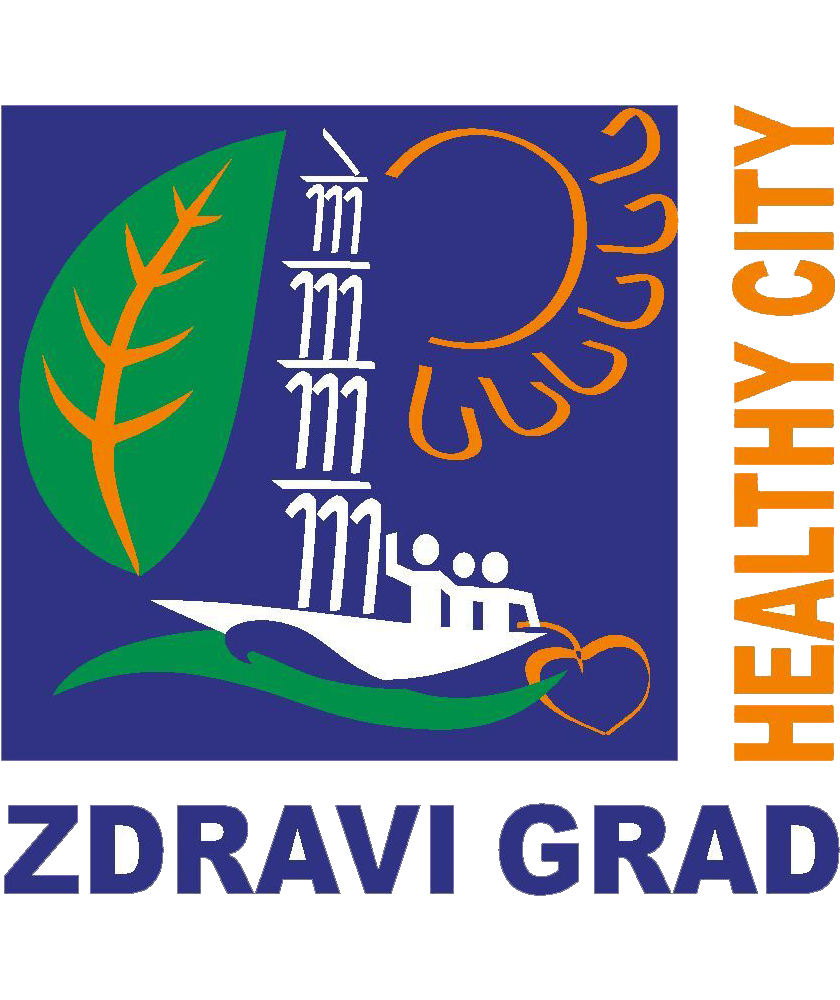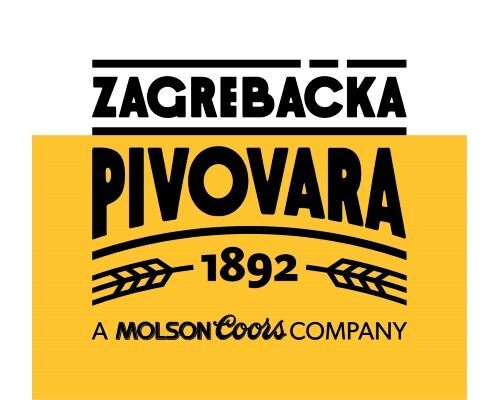Wetlands - biodiversity centers
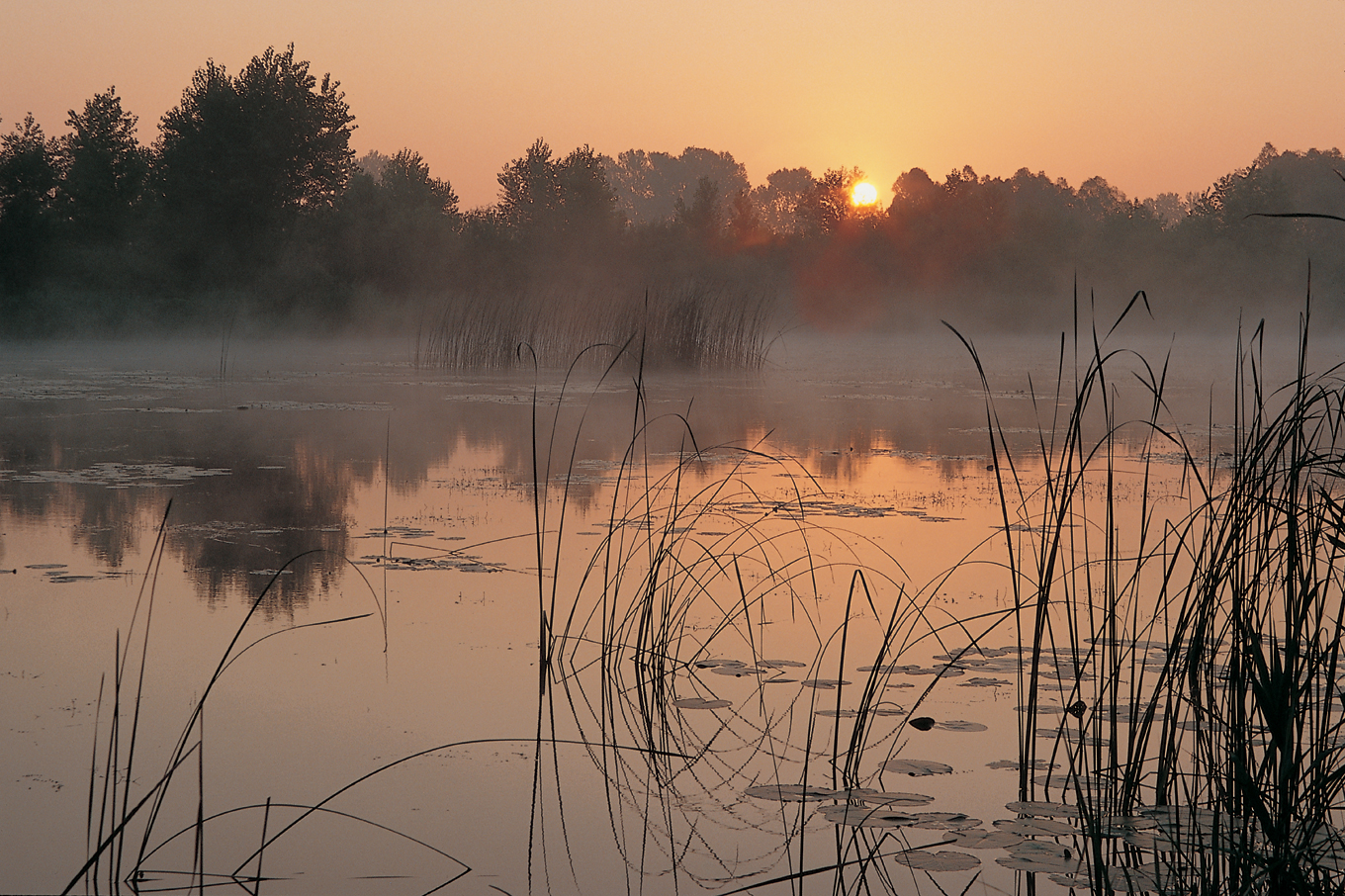
Source: http://prirodahrvatske.com/mocvare-2/ (Original post in Croatian language)
Author: Goran Šafarek, Ova e-mail adresa je zaštićena od spambota. Potrebno je omogućiti JavaScript da je vidite.
Wetlands were considered to be the worst product of Mother Nature throughout the centuries. Unlike wide mountain views with crystal clean air, wetlands, swamps, or whatever people have named them, they are the complete opposite of them. Those who have never set a foot to wetland and had no experience of this kind, perceived the wetland as nothing but worthless and barren soil. With the development of technology a man gained greater power and therefore such areas become among the first to be hit. They were drained and buried, converted into arable land, meadows, even to the settlements. It was especially expressed along the lowlands of central and Western Europe.
BUT !!! ... READ MORE...
With the development of modern science and popularization of nature in the second half of the 20th century, the settled image of the wetland began to fade. Biologists started to realize that this habitat is extremely valuable and adopted by large number of species of living organisms. Another peculiarity catches the eye and that is biological production. This abstract concept for majority of people, presents creation of living matter from inanimate, from the simplest organisms to the plants, which convert inanimate matter into large organic molecules helped by solar energy. It is the basis for a whole range of organisms who feed on them, up to the predators such as eagles and pike. Wetlands are important due to great biodiversity and therefore often compared to tropical rainforests. They are centers of biodiversity, both flora and fauna. Large amount of food attracts even organisms which are not closely related to the wetland.
Author: Goran Šafarek, Ova e-mail adresa je zaštićena od spambota. Potrebno je omogućiti JavaScript da je vidite.
Wetland habitats cover the entire surface of our planet. According to some assessments they cover four to six percents of the land surface of the Earth. They can be found under various names at all continents except at the Antarctica. Like peat bogs, bogs and tundra at cold and wet areas, along the rivers and their deltas; like coastal lagoons and mangroves, salty swamps along the sea coast, as mineral water surfaces at desert areas. However, more them half of them are at tropical areas, what, considering a large amount of rainfall, is no wonder. Wetlands in Croatia are mainly connected to the rivers and their estuary, what includes floodplain forests, floodplain meadows and backwaters. Mediterranean swamps like Vrana Lake, island mud and muddy shores are rich as well. We have artificial areas like shallow stagnant water created by excavation of sediment (gravel and sand) and the fish farms.
Scientists have noticed something else: Wetland surface, in whatever form, is constantly shrinking. According to some assessments more than a half of wetlands of the world have disappeared. Wetlands disappear at a startling speed and new ones do not appear any more. They are shallow and easily dried. Besides this, very fertile soil remains behind them due to deposited sludge. Indeed, the greatest incentive to drain wetlands worldwide was creation of new agriculture surfaces.
Famous Ramsar Convention was signed as far back as 1971in Iran in order to prevent further destruction and pointed out value of the wetland. Fundamental concept of the Convention is reasonable use of the wetland. It obliges signatory countries, Croatia among the rest, to general preservation of the wetlands. At least one area has to be proposed according to Ramsar Convention. Republic of Croatia has a list of not just one but four such areas: Crna Mlaka, Neretva valley, Kopački rit and Lonjsko polje.
Author: Goran Šafarek, Ova e-mail adresa je zaštićena od spambota. Potrebno je omogućiti JavaScript da je vidite.
Despite of this wetlands in Croatia are the most jeopardized habitats today. Today they are just remains of large number of the wetlands along the rivers: Drava, Sava, Danube and the other smaller rivers. Once upon the time there was unique, almost
unbroken belt of swamps along Sava and Drava rivers. There is no such area due to human society development. The remaining ones are significantly diminished and broken apart. Even their destiny is dark. This especially applies to swamps next to rivers, so called backwaters with limited live expectancy. The rivers create them from old meanders or sleeves, but disconnected from the mainstream they shrink and dry by natural process of aging. As the river was permanently creating them by it’s natural dynamics, total surface of the wetlands remained more or less the same. By regulating rivers they do not change their beds anymore, so meanders and swamps are not created.
Even so crippled, Croatia within the European frame still abounds in this valuable part of the landscape. Croatia with it’s wetlands stands out far in Europe. There are no so well preserved floodplain forests, i.e. pedunculate oak, anywhere in Europe. Then, there is the pasture area of Lonjsko polje and magnificent Kopački rit. At the same time the last two are the largest wetlands in continental Croatia. The worst past ones in Croatia are Mediterranean wetlands, especially Neretva valley as the largest of all. This area used to be endless swamp. Today it is turned into mandarin, watermelon and the other fruit and vegetable plantations. Many swampy sea shores have disappeared as victims of urbanization.
Probably the wetlands present the wildest part of the nature by their characteristics. Like everything in the nature division of wetlands into types is artificial, but generally speaking they are shallow water surfaces. That is the border between the land and water where the water has enormous influence on the land. These are stagnant or slow-flowing waters different from the lakes due to shallowness. This is why the entire water column is illuminated with the consequence that whole water produces organic matter. Plants and algae thrive why the water is often imbued with plants. Reeds, rushes and the other rooted plants flourish on the edge. Water lily, lotus and water lentils are floating on the water while pondweed, watermilfoil, and the other plants grow under water surface. Only flowers spring up for reproduction. Water temperature is high during the summer and plants, due to high volume of biomass, rot and settle as soft sludge at the bottom.
Wetlands are very important for restoration of fish populations in the rivers as well as at the sea. In spring fish migrate from rivers and seas to those more peaceful areas, spawn, and later on the young ones return back. Numerous endemics live in our wetlands and rivers. Probably there is no better example of wetlands importance for
the wild world then the birds. Among all sorts of habitats wetlands are certainly the richest wits the world of birds. Duse to the shallowness all the food is available to the birds. The fact that 172 out of 415 spices of European birds are related to such areas shows how important these habitats are for them. Even more impressive is the fact that 40% of all living beings on the planet live at wetland ecosystems!
New findings are erasing wetland status as worthless land; emphasize their value to human health and well-being (ecosystem services). Their main characteristic is matter of life – water. In addition to representing a supply of that precious liquid wetlands are their natural purifiers. They collect polluted waters of the surrounding areas in order to process and clean them by wetland plants, such as cane. Phosphates and nitrogen compounds, main components of artificial fertilizers in agriculture and the other artificial matters, thus disappear from the water. Swamp water devoid of pollution slowly leaks into underground where from we ultimately get quality drinking water. Some wetlands are so successful purifiers that they remove almost all the pollution even before the water ends up in the underground! Some wetland plants also remove toxic matters and harmful bacteria. Wetlands have specific importance in protection of the people’s properties from the floods. They do it better then dams and regulatory works.
This is English translation of original post in Croatian language. Author of the text, photos and videos is Goran Šafarek, Ova e-mail adresa je zaštićena od spambota. Potrebno je omogućiti JavaScript da je vidite.


Kodni broj projekta: 2019-1-FR01-KA202-062930















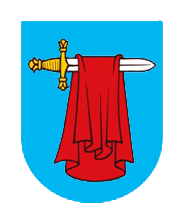



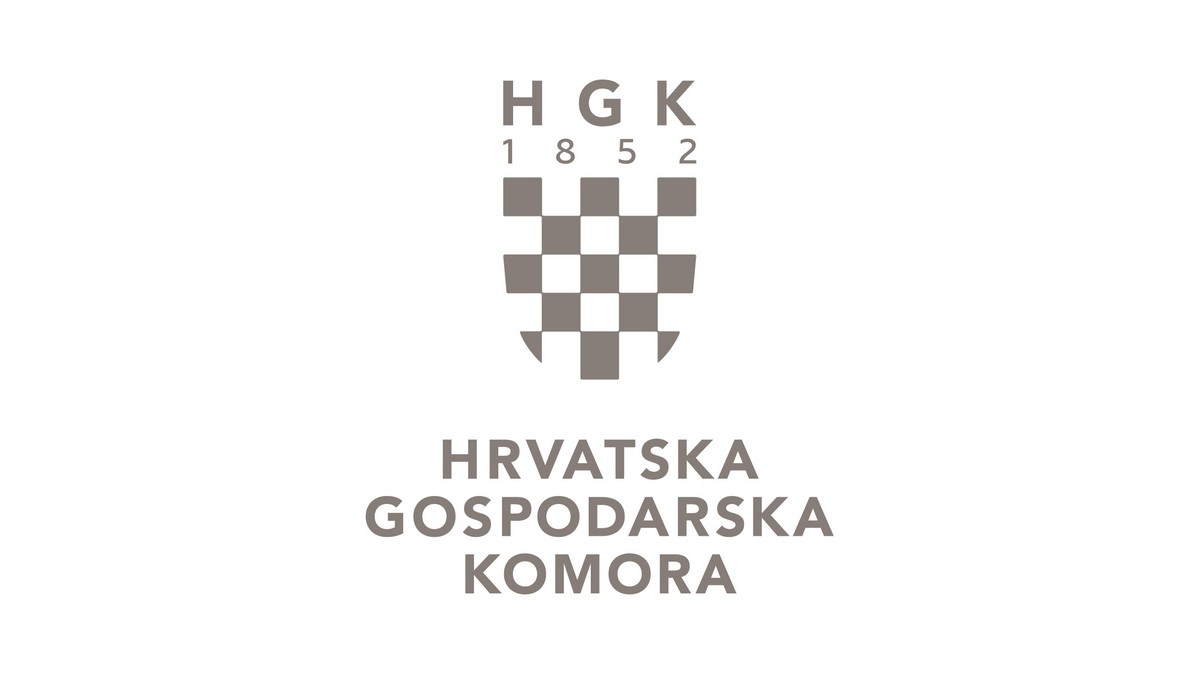



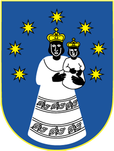







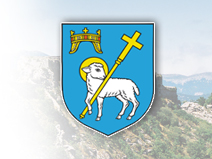




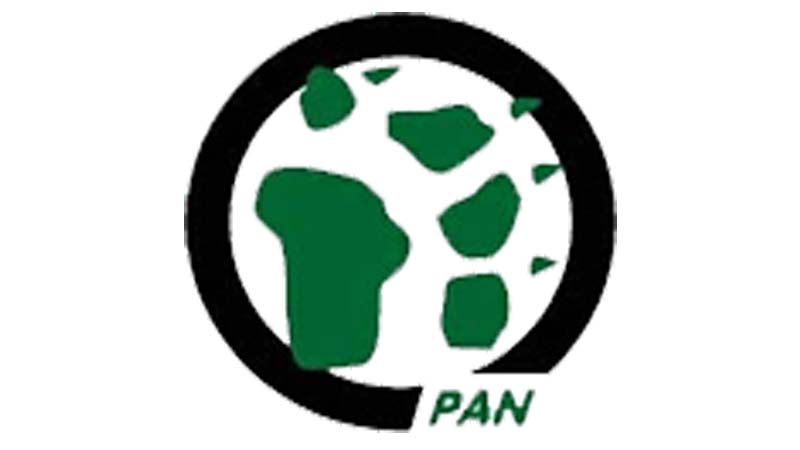
.jpg)




